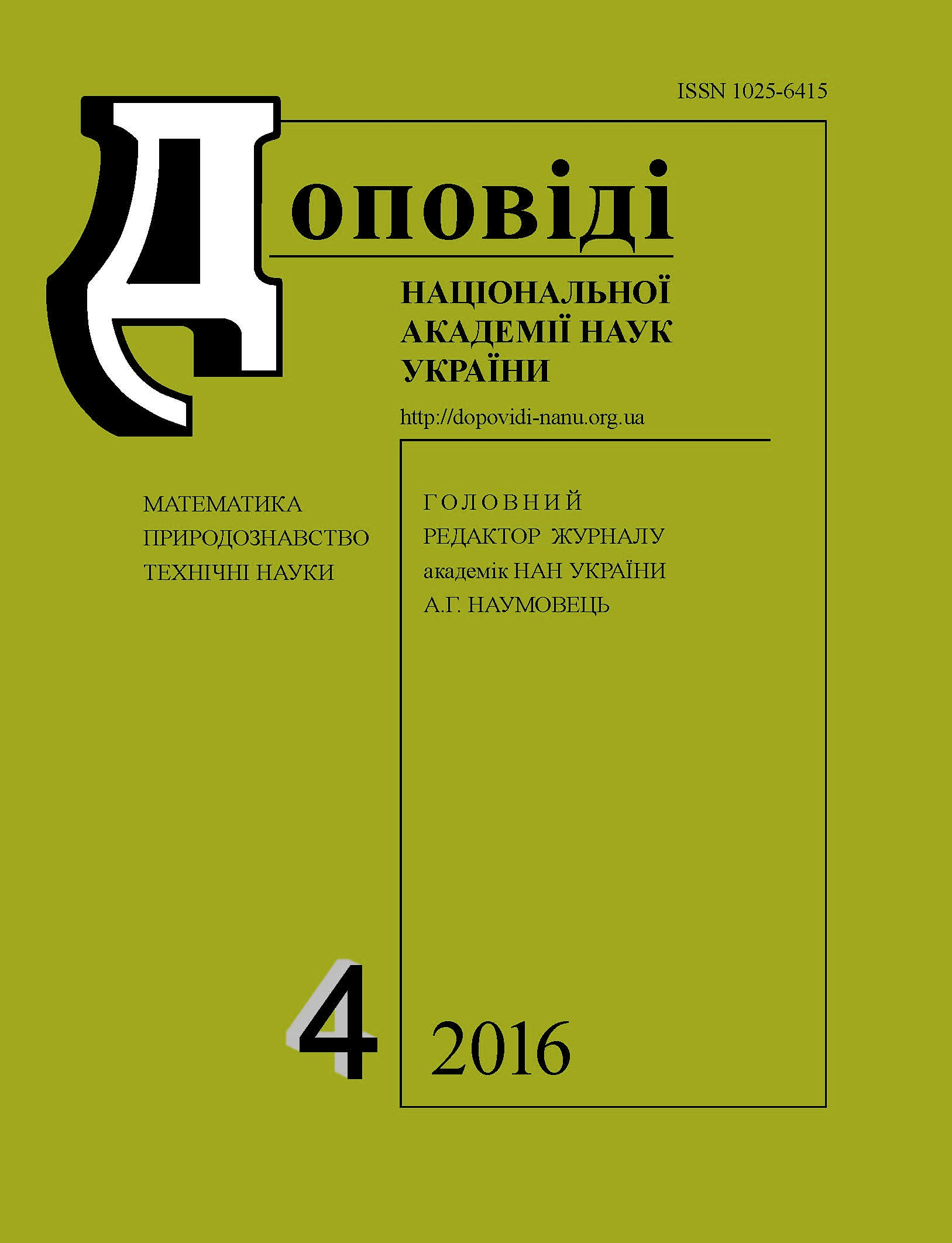Methods of evaluation of the barrier sustainability of watersheds against the contaminants
DOI:
https://doi.org/10.15407/dopovidi2016.04.069Keywords:
90Sr, barrier resistance, factors of contamination, water subtraction, watershedsAbstract
By the example of the Chernobyl exclusion zone, using GIS and statistical methods, the crucial role of natural and man-made features of the landscape in the formation of a radiactive secondary contamination of the surface water, the volume of radionuclides (90Sr) carried out by water, and the barrier resistance of watersheds is proved. A methodology for assessing the barrier stability and modeling the scenarios of its strengthening to minimize the entrainment of radionuclides by water outside of exclusion zones is presented.
Downloads
References
Shestopalov V. M., Bohuslavsky A. S., Bublias V. N. Groundwater protectability and vulnerability zones, Kyiv, Radioecological Center. Institute of Geological Sciences of the NAS of Ukraine, 2007 (in Russian).
Shevchenko O. L. Bulletin of ecological environment of the Exclusion Zone and the zone of unconditional (obligatory) resettlement, 2006, No 28: 60–69 (in Ukrainian).
Shevchenko O. L. Visnyk of Taras Shevchenko Kyiv National University. Geology, 2013, 60: 63–69.
Geochemistry of artificial radionuclides. Ed. E., V. Sobotovich, G. N. Bondarenko, Kyiv: Nauk. Dumka, 2002.
Dolin V. V., Bondarenko G. M., Orlov O. O. Environmental self-cleaning after the Chornobyl catastrophe, Kyiv: Nauk. Dumka, 2004.
Shevchenko O. L., Kireev S. I. Environment and Resources, 2005, 11: 77–86.
Downloads
Published
How to Cite
Issue
Section
License
Copyright (c) 2024 Reports of the National Academy of Sciences of Ukraine

This work is licensed under a Creative Commons Attribution-NonCommercial 4.0 International License.



